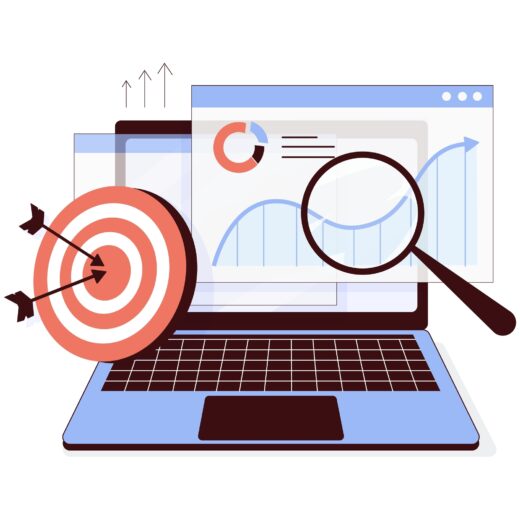What Is A Subdomain?

In the expansive realm of digital marketing, it’s crucial to grasp the various components that contribute to a successful online presence. One such element that often plays a pivotal role is a subdomain. But what exactly is a subdomain, and how does it factor into the broader landscape of digital marketing strategies? In this guide, we’ll demystify subdomains and explore their significance in the digital marketing ecosystem.
Understanding Subdomains
A subdomain is a subset of a larger domain. In simpler terms, it’s like creating a separate section or branch within your main website. For instance, if your main domain is “example.com,” a subdomain would be something like “blog.example.com” or “shop.example.com”. Each subdomain has its own unique web address, content, and distinct purpose.
The Anatomy of a Subdomain
A subdomain is composed of three primary components:
- Subdomain Name: This is the prefix that precedes the main domain name. For instance, in “blog.example.com,” “blog” is the subdomain name.
- Main Domain Name: This is the primary website address, like “example.com”.
- Top-Level Domain (TLD): It refers to the final part of a domain name, such as “.com,” “.org,” “.net,” etc.
Why Use Subdomains in Digital Marketing?
Now that we have a basic understanding of what a subdomain is, let’s delve into its relevance in the digital marketing landscape.
-
Organising Content
Subdomains allow for better organisation of content. For instance, a company dealing in both products and services might choose to separate these into distinct subdomains like “products.example.com” and “services.example.com”. This segregation aids in providing a more seamless user experience and easier navigation.
-
Targeted Marketing Campaigns
Subdomains can be used to create landing pages specific to certain marketing campaigns. For example, if a company is running a promotional campaign for a new product line, they can create a subdomain like “newproduct.example.com” to direct traffic specifically to that campaign.
-
Regional Targeting
For businesses with a global presence, subdomains can be employed to target specific regions or countries. For instance, “us.example.com” and “uk.example.com” could be used to cater to audiences in the United States and the United Kingdom, respectively.
-
Language Localisation
Similarly, if a business operates in multiple linguistic regions, subdomains can be utilised to offer content in different languages. For example, “en.example.com” for English and “es.example.com” for Spanish.
-
Testing and Development
Subdomains are also commonly used for testing and development purposes. This allows developers to work on new features or updates without affecting the main website.
Best Practices for Subdomains in Digital Marketing
While subdomains offer numerous benefits, it’s essential to implement them judiciously. Here are some best practices:
- Clear Purpose: Ensure each subdomain serves a distinct purpose and provides unique value to the user.
- Consistent Branding: Maintain consistent branding elements across all subdomains to reinforce your brand identity.
- Optimised Content: Each subdomain should contain high-quality, relevant content that aligns with its intended purpose.
- SEO Considerations: Treat subdomains as separate entities for SEO purposes. Optimise them individually for search engine visibility.
- Mobile Responsiveness: Ensure that all subdomains are mobile-friendly to cater to the growing mobile user base.
Subdomains are a powerful tool in a digital marketer’s arsenal. When utilised effectively, they can enhance user experience, streamline content organisation, and support targeted marketing efforts. By incorporating subdomains into your digital marketing strategy, you can create a more dynamic and tailored online presence for your brand.








